An effective oil spill kit is essential for managing spills and preventing environmental damage. Key components...
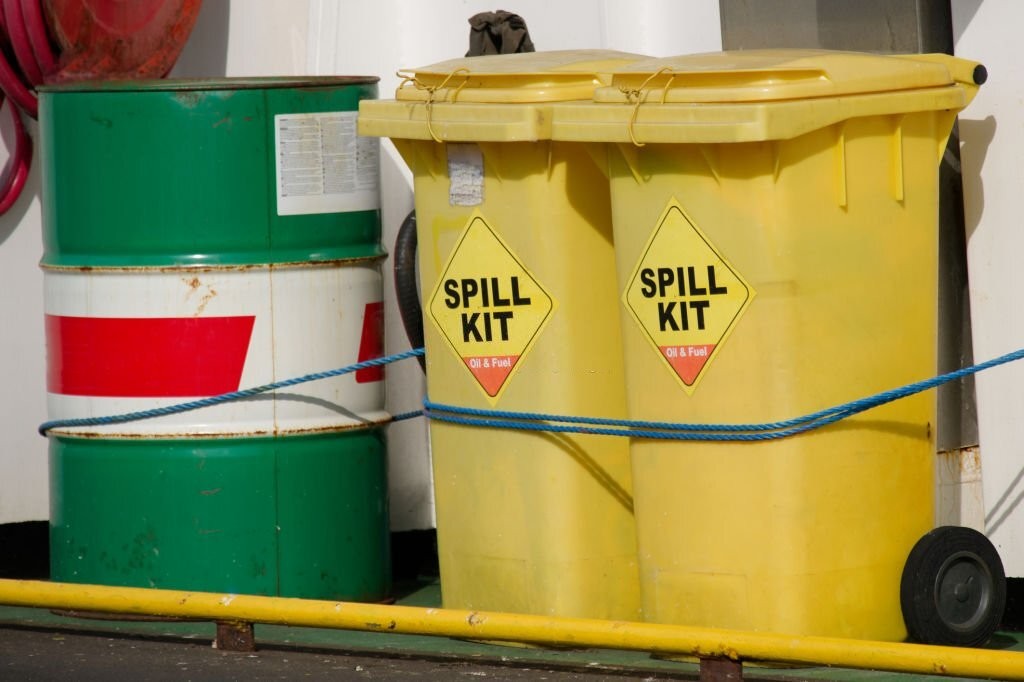
What is the difference between an oil spill kit and a chemical spill kit?
Oil spill kits and chemical spill kits are designed to address different types of spills, and they contain specific materials tailored to the properties and hazards of the substances being handled.
Here are the key differences between oil spill kits and chemical spill kits:
Targeted Hazard:
Oil Spill Kits: These are designed specifically for addressing spills of oil-based liquids, such as motor oil, hydraulic oil, or petroleum-based fuels. They are not suitable for handling chemical spills.
Chemical Spill Kits: Chemical spill kits are intended for responding to spills of hazardous chemicals, including corrosive acids, caustic alkalis, toxic substances, and other chemicals that can pose health and environmental risks. They are not designed for oil-based spills.
Absorbent Materials:
Oil Spill Kits: These typically contain absorbent materials that repel water and selectively absorb oil-based substances while repelling water. They are often made of materials like polypropylene and are hydrophobic (water-repellent) to ensure effective absorption of oil while leaving water behind.
Chemical Spill Kits: Chemical spill kits contain absorbents that are designed to safely neutralise and absorb a wide range of hazardous chemicals. These absorbents are chosen based on their compatibility with the specific chemicals they are meant to handle. They may include chemical-resistant pads, booms, or absorbent materials.
Personal Protective Equipment (PPE):
Oil Spill Kits: PPE in oil spill kits typically includes gloves, goggles, and possibly coveralls to protect against oil splashes and contamination. The hazards associated with oil spills are primarily related to slips and falls rather than exposure to toxic chemicals.
Chemical Spill Kits: Chemical spill kits include PPE such as chemical-resistant gloves, goggles, face shields, and chemical-resistant coveralls or suits. These are essential for protecting individuals from contact with hazardous chemicals.
Neutralisation and Decontamination:
Oil Spill Kits: Oil spill kits do not typically contain materials for chemical neutralisation, as they are not designed to address chemical hazards.
Chemical Spill Kits: Chemical spill kits often include materials for neutralising and safely managing hazardous chemical spills. This may involve the use of neutralising agents or absorbents specifically designed for chemical spills.
Labelling and Identification:
Oil Spill Kits: These kits are usually labelled and colour-coded to indicate their use for oil-based spills. They may be labelled as "Oil-Only Spill Kits."
Chemical Spill Kits: Chemical spill kits are similarly labelled and colour-coded to indicate their use for chemical spills. They are often referred to as "Hazmat Spill Kits."
In summary, the primary difference between oil spill kits and chemical spill kits lies in their intended purpose and the materials they contain. Oil spill kits are designed for oil-based spills and are effective at repelling water while absorbing oil. Chemical spill kits are tailored to handle a wide range of hazardous chemicals, with materials and PPE selected based on the specific chemical hazards involved. Choosing the right kit for your workplace is crucial for ensuring the safety of personnel and the environment.


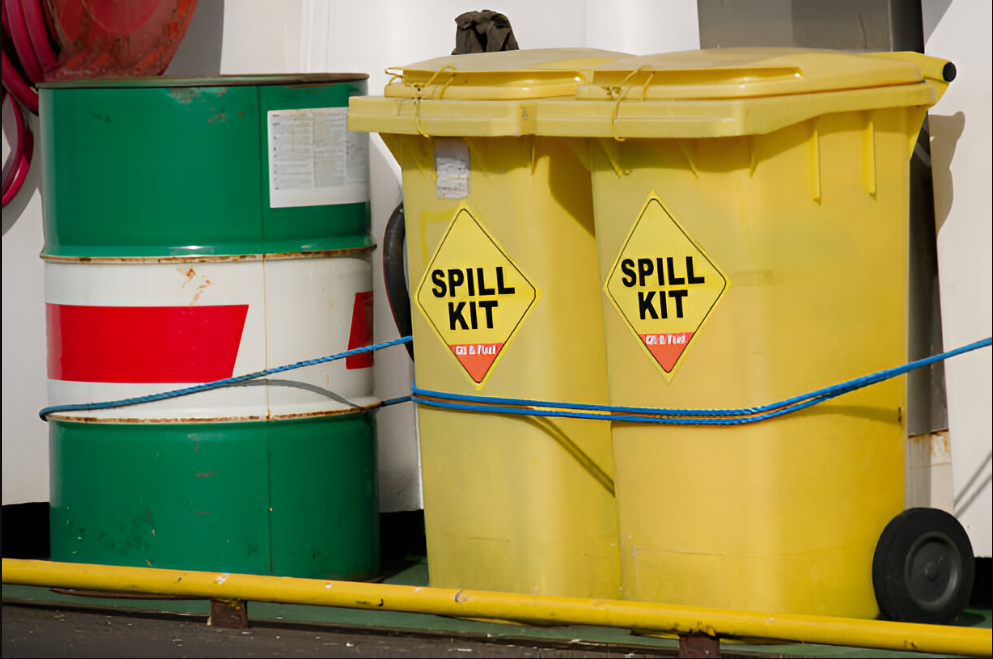
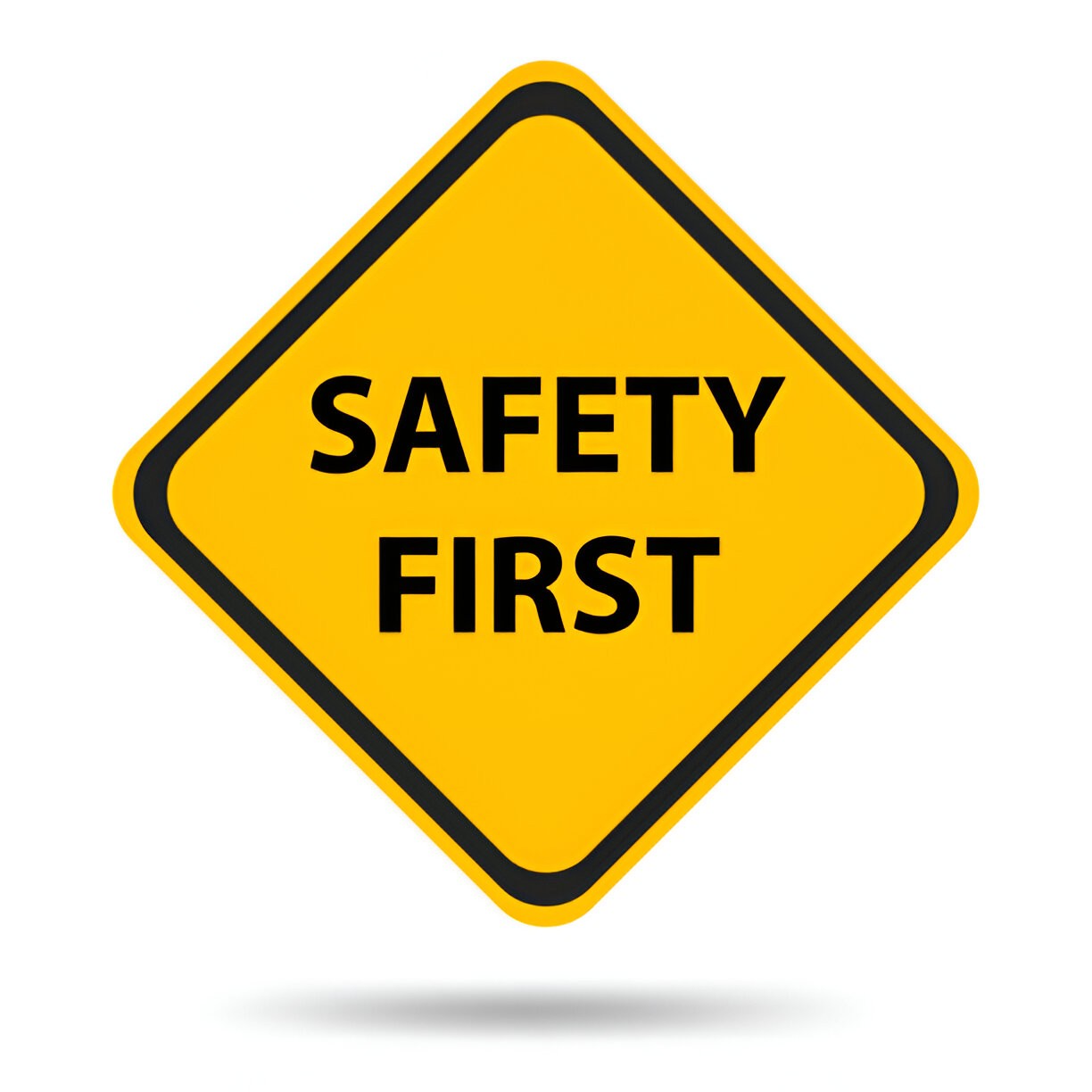

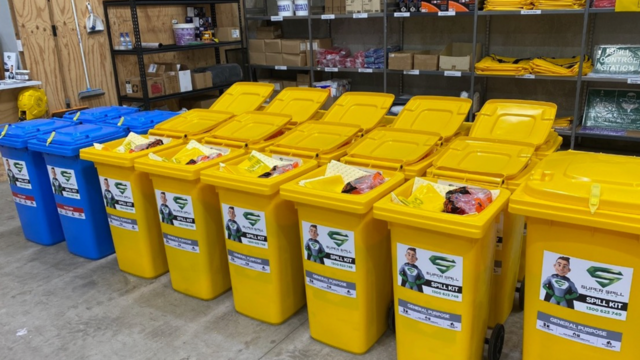
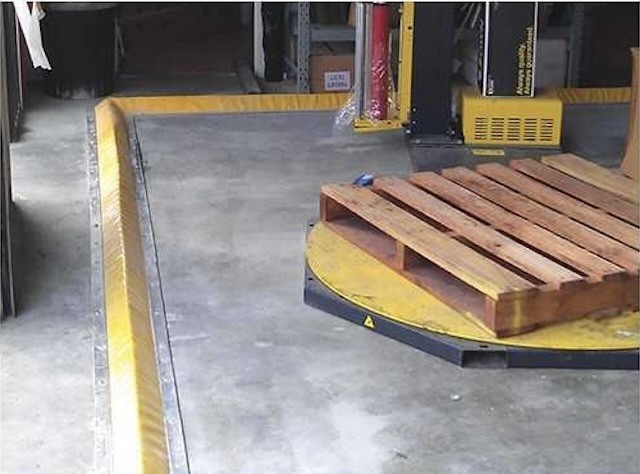
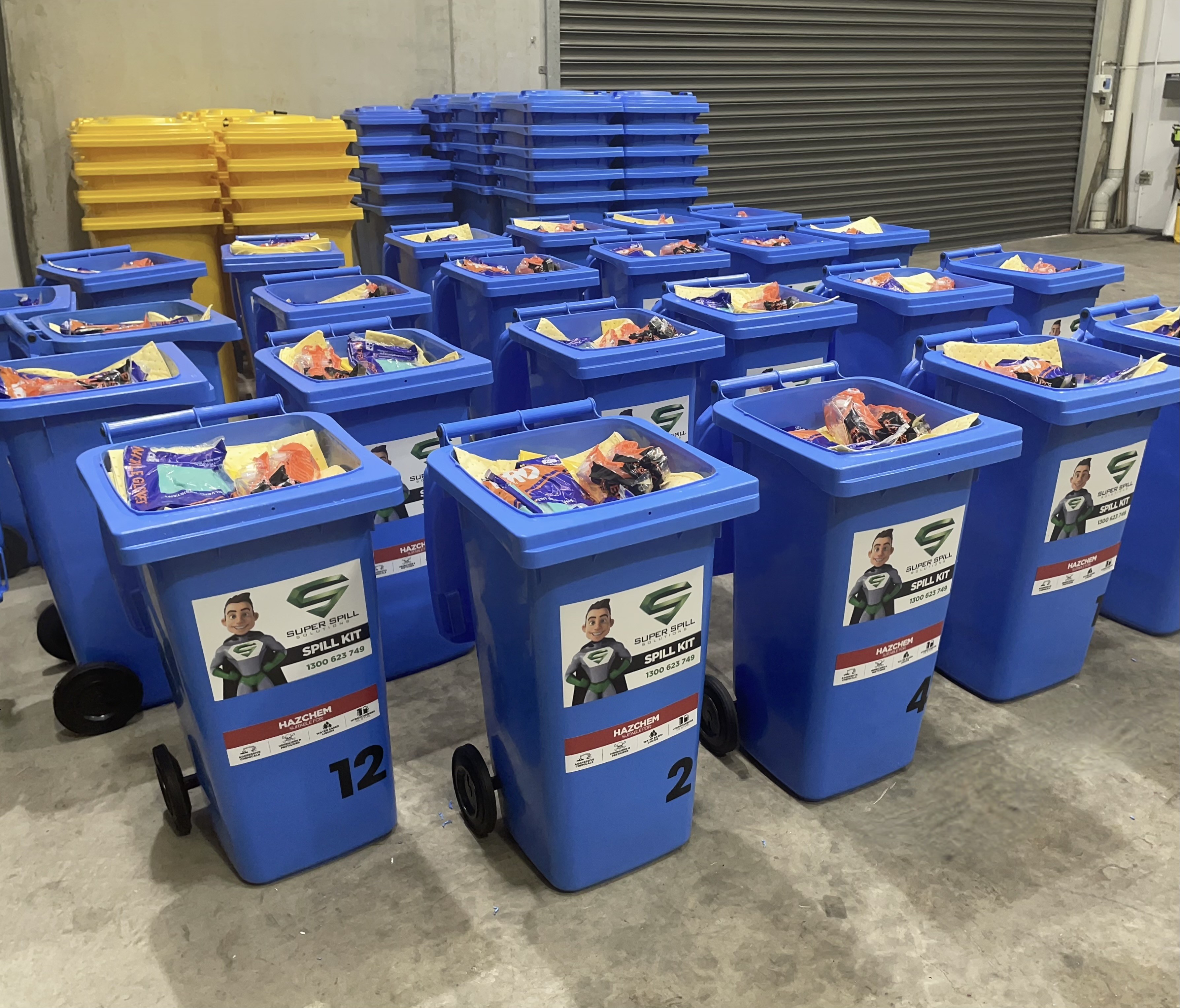
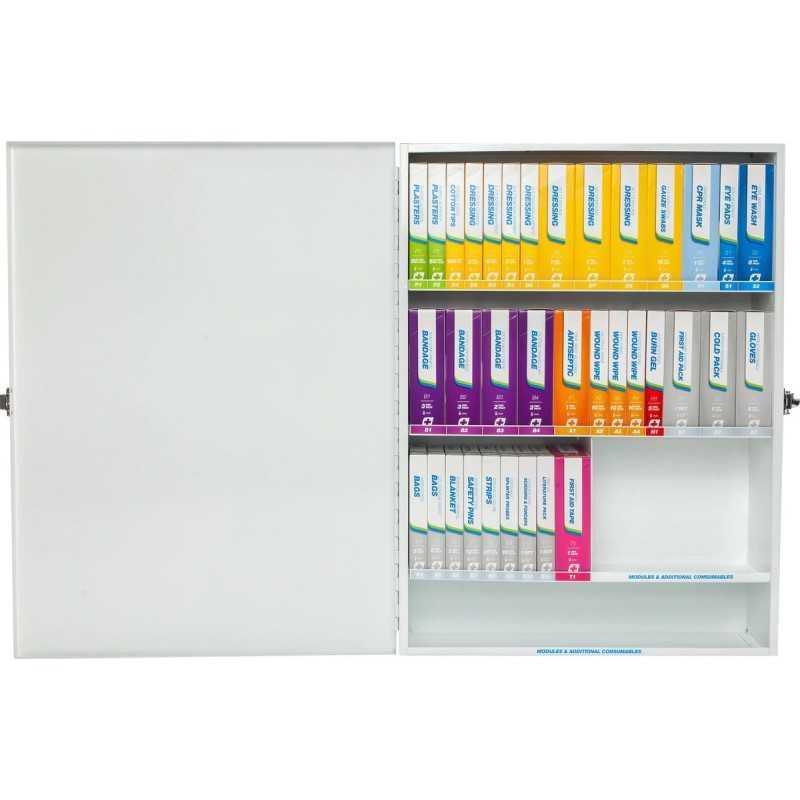
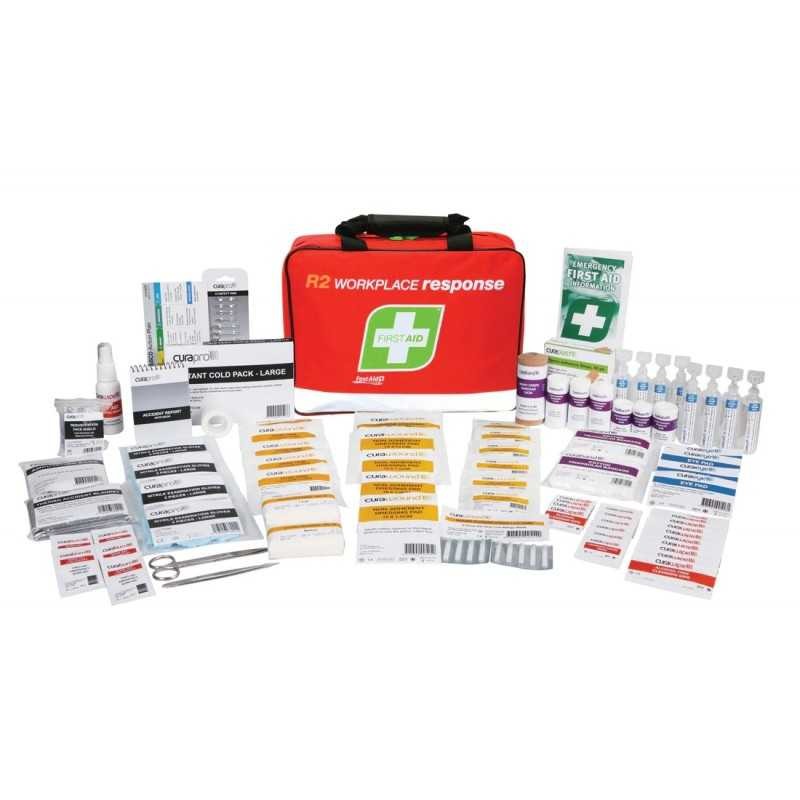

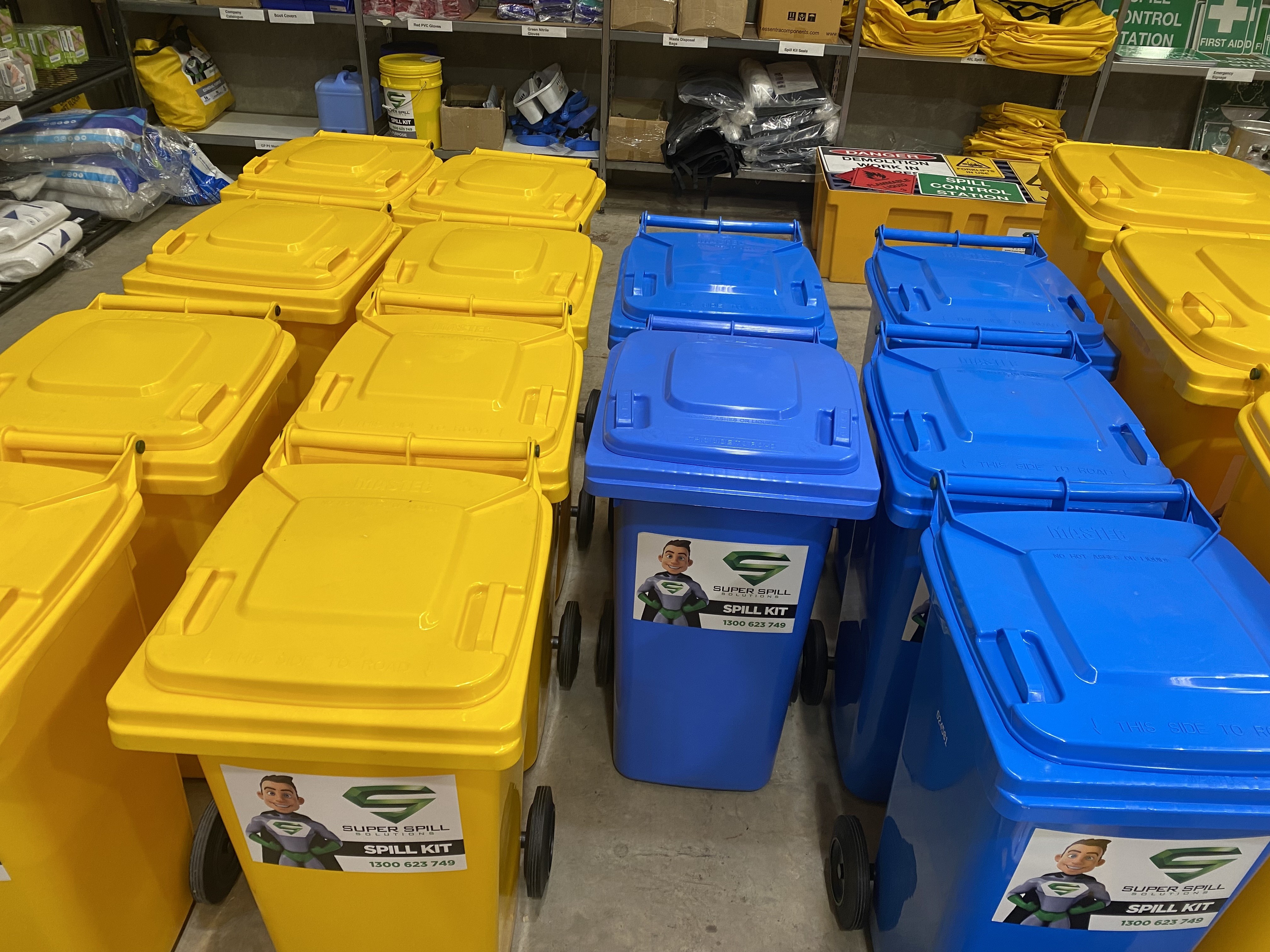
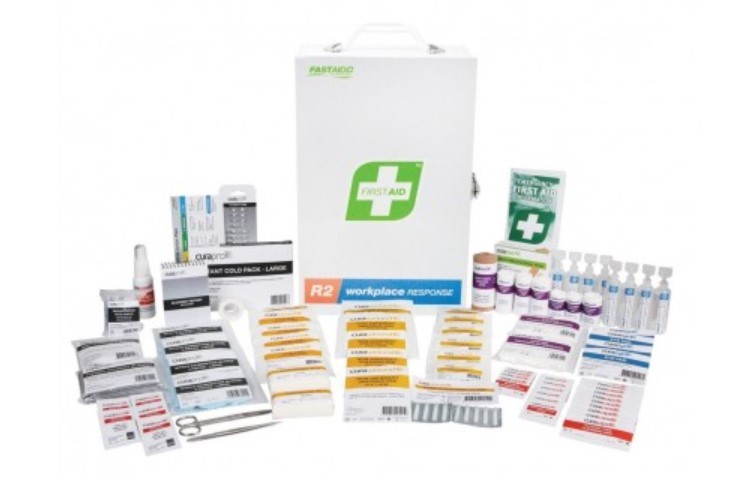
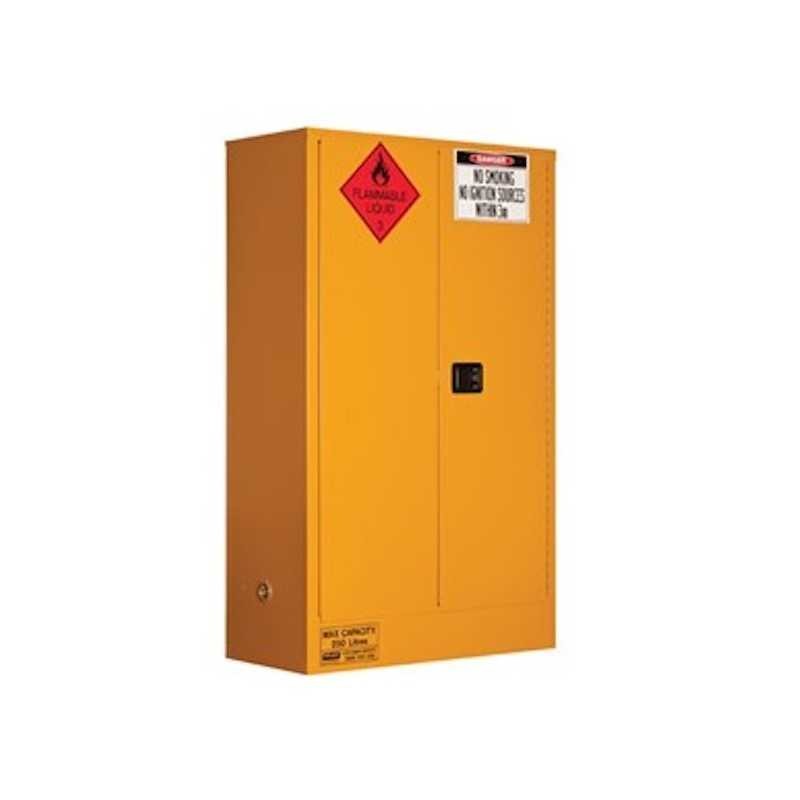
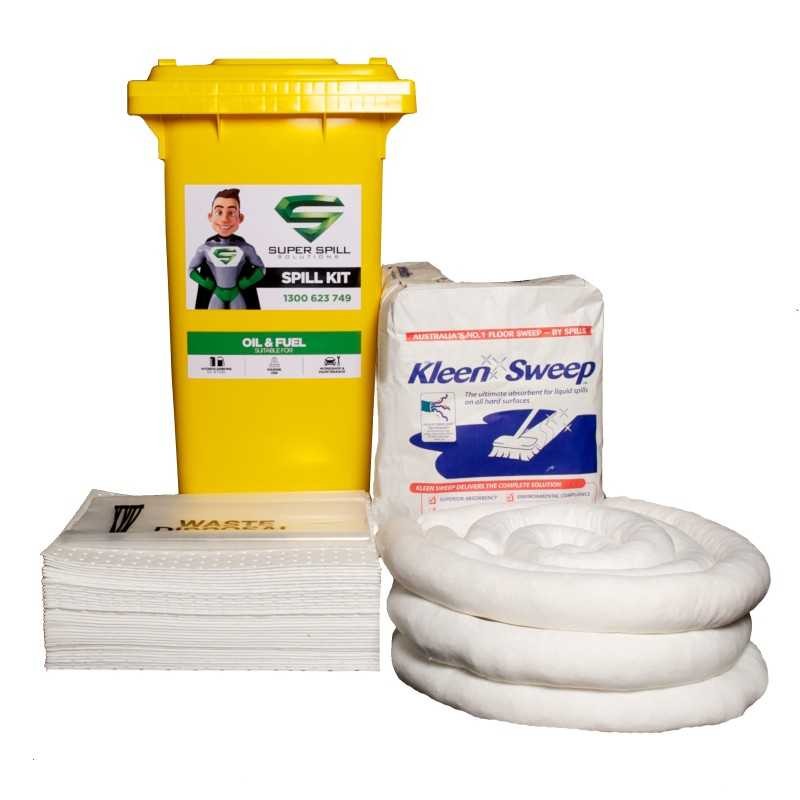

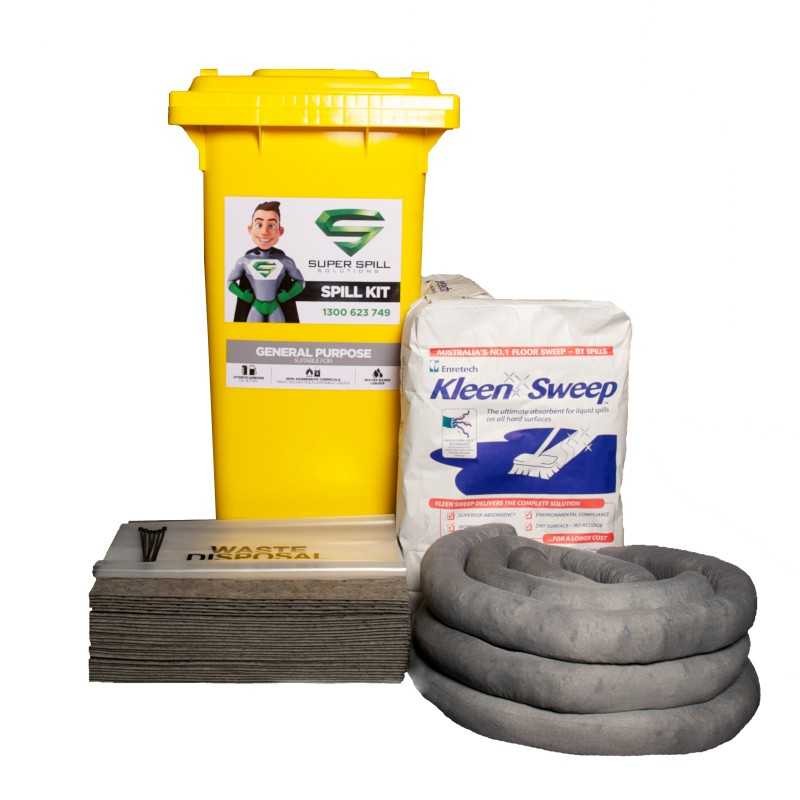
Leave a comment